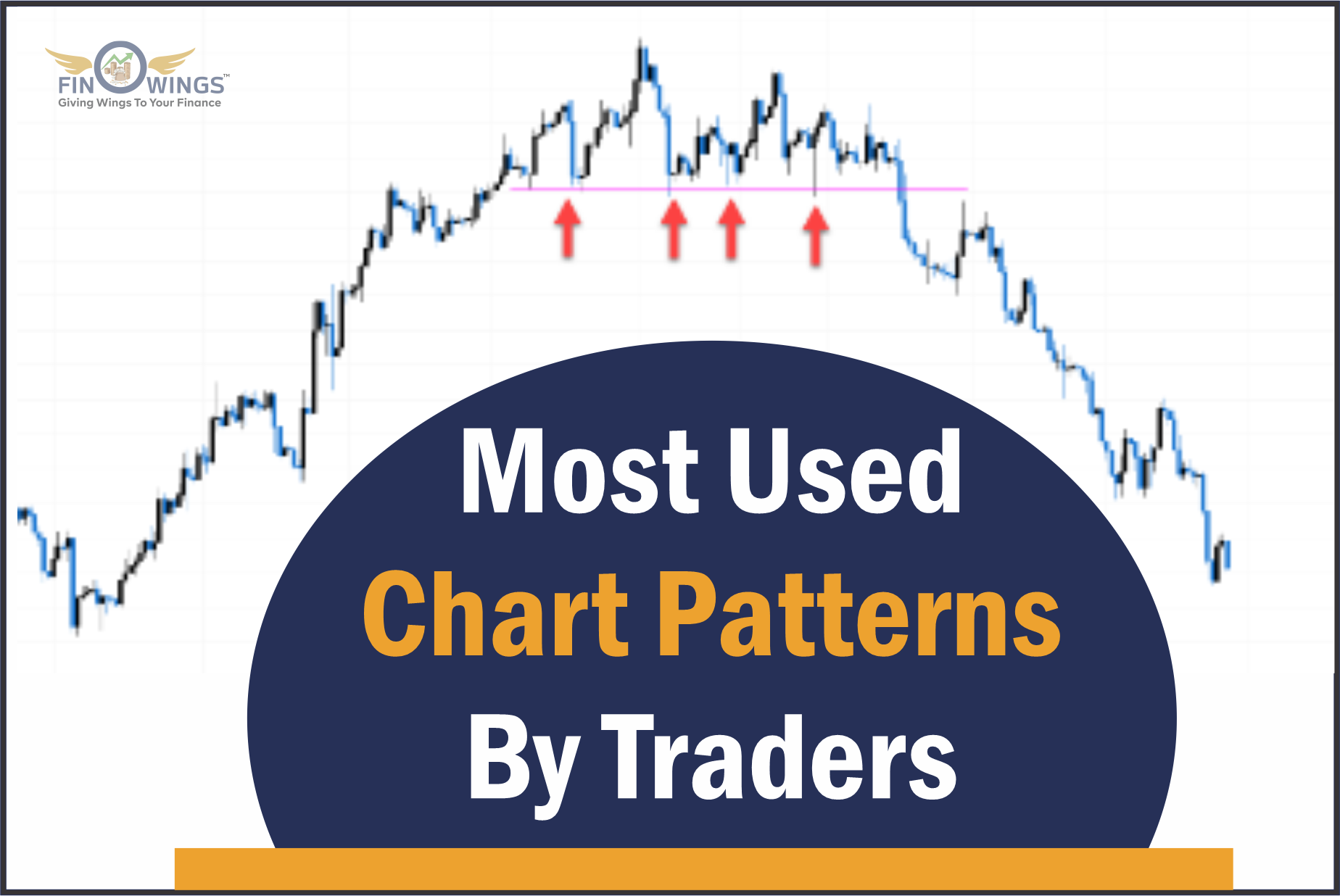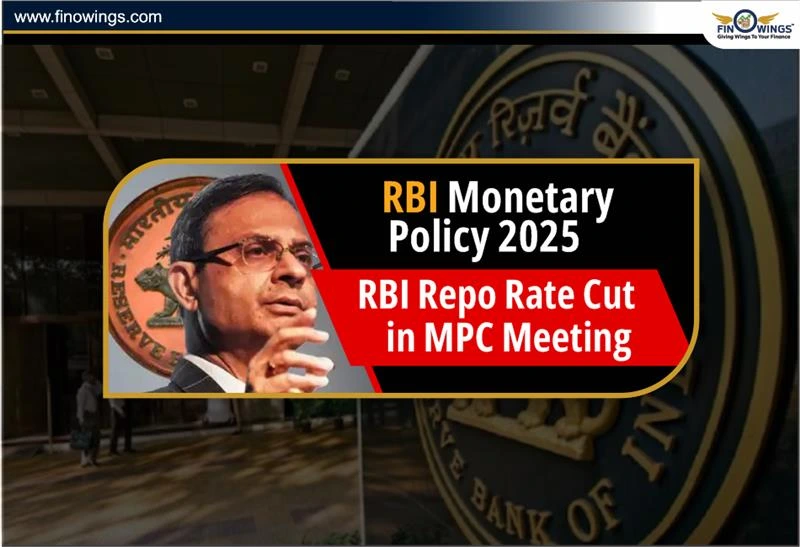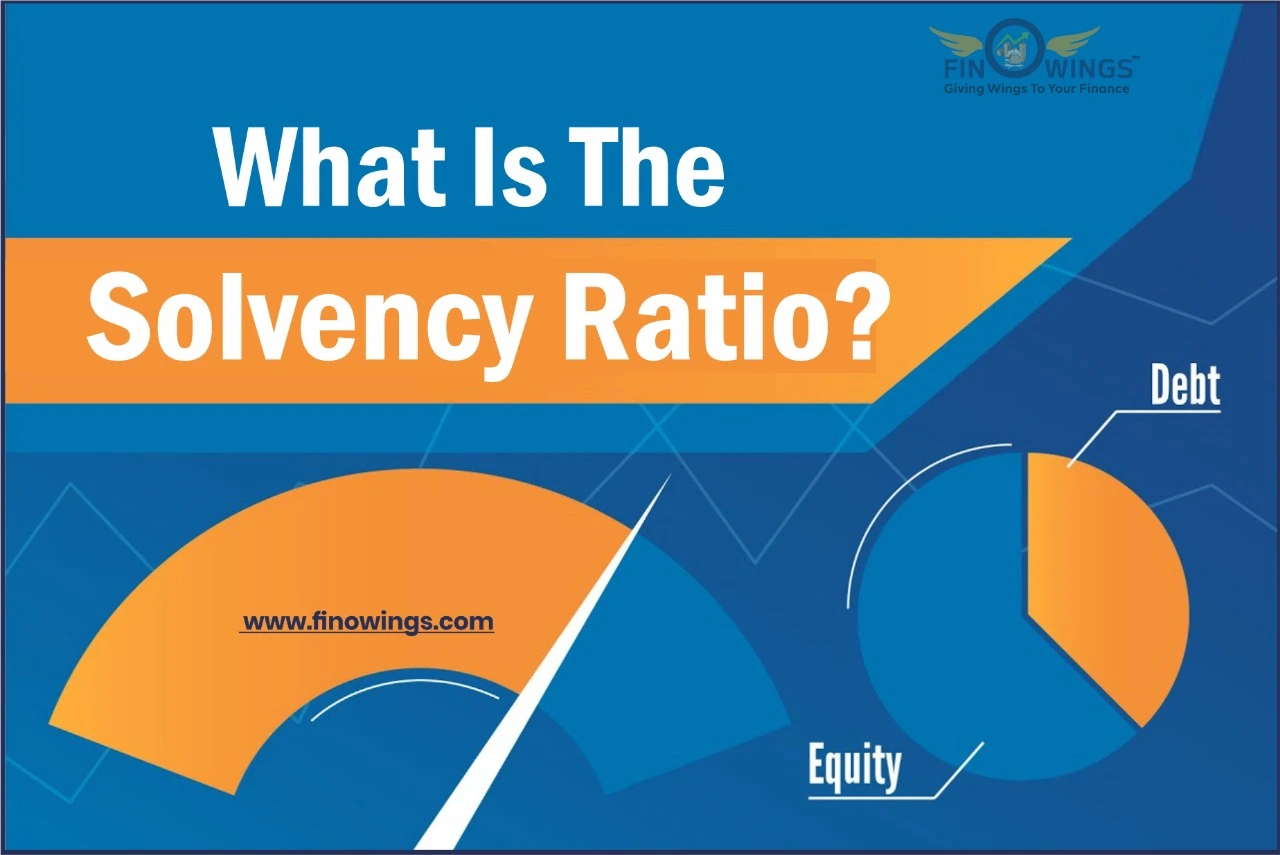Home >> Blog >> Most used chart patterns by Traders
Most used chart patterns by Traders

Table of Contents
Introduction
Patterns on stock charts frequently indicate when trends are changing from upward to downward. Using a sequence of trendlines and curves, one can identify a price pattern, an identifiable configuration of price movement.
A continuation pattern develops when the trend continues in its current direction after a brief pause; a reversal pattern emerges when a price pattern signifies a shift in the trend direction. Traders use numerous patterns; here is how some more well-known patterns are created.
Technical Analysis Trendlines
Understanding trend lines and drawing them is useful since pricing patterns utilize a sequence of lines or curves. Technical analysts use trendlines to identify regions of support and resistance on a price chart. A succession of descending peaks (highs) or ascending troughs (lows) are connected to form a trendline, a straight line on a chart. Chart patterns pdf free download with finowings.com
Where prices are experiencing higher highs and higher lows, a trendline that angles up, or an up trendline, is seen. Connecting the ascending lows creates the uptrend line. In contrast, a trendline angled downward, known as a down trendline, appears when prices have lower highs and lower lows.
What is a Candlestick?
A candlestick is a visual representation of information concerning the price movement of an asset. One of the most well-liked elements of technical analysis is candlestick charts, which allow traders to quickly and accurately understand price information from a small number of price bars.
It has three essential attributes:
-
The body represents the open-to-close range.
-
The wick, or shadow, represents the peak and low for the day.
-
The color indicates the market's moving direction. A red (or black) body denotes a price decrease, while a green (or white) body denotes a price rise.
Individual candlesticks develop patterns over time that traders can use to identify key support and resistance levels. Numerous candlestick patterns can detect opportunities in a market; some show how the buying and selling pressures are balanced, while others show continuation patterns or market hesitation.
Before you begin, you must familiarize yourself with the fundamentals of candlestick patterns and how they might guide your trading decisions.
Six bullish candlestick patterns
After a market decline, bullish patterns may appear and indicate a change in the direction of price movement. Using them as a guide, traders can decide whether to start an extended position to benefit from any upward trend.
-
Hammer
The bottom of a downward trend is when you see the hammer candlestick pattern, which has a short body and a lengthy lower wick.
A hammer indicates that despite selling pressures throughout the day, the price was ultimately driven back by significant purchasing demand. Red hammers signal a weaker bull market than green hammers, though the body color might vary.
-
Inverse hammer
The inverted hammer is a similar bullish pattern. Again, the upper wick's length compared to the lower wick's shortness is the only distinction.
It denotes a buying push followed by weak selling pressure that failed to lower the market price. The inverse hammer predicts that buyers will take over the market shortly.
-
Bullish engulfing
Two candlesticks come together to form a bullish engulfing pattern. A taller green candle engulfs the shorter red body of the first candle.
Even though the second day starts lower than the first, the bullish market drives the price upward, resulting in a clear victory for buyers.
-
Piercing line
In another two-stick pattern, the piercing line is composed of a long red candle and a long green candle.
The closing price of the first candlestick and the opening price of the green candlestick typically have a sizable downward gap. The price is pushed up to or above the mid-price from the previous day, suggesting significant purchasing pressure.
-
Morning star
In a depressing market decline, the morning star candlestick pattern is a sign of optimism. In a three-stick arrangement, a short-bodied candle is sandwiched between a long red and long green. Since the market gaps are open and closed, the "star" won't typically overlap with the longer bodies.
It indicates that a bull market is approaching and that the selling impetus from the first day has subsided.
-
Three white soldiers
Over three days, there were three white soldiers. It comprises successively lengthy green (or white) candles with tiny wicks that open and close higher than the day before.
After a decline, a solid positive signal arises, indicating a gradual increase in buyer demand.
6 candlestick patterns that are bearish
After an uptrend, bearish candlestick patterns typically appear and indicate a point of resistance. Traders who are overly pessimistic about the market's price frequently close their long bets and start short positions to profit from the decline.
Hanging man
The hanging man, which has the same shape as a hammer but only appears towards the end of an uptrend, is the bearish equivalent.
It shows a sizable sell-off during the day, but buyers successfully drove the price back up. Nevertheless, the significant sell-off is frequently interpreted as a sign that the market is losing ground to the bulls.
Shooting star
Similar to the inverted hammer in shape, the shooting star is generated during an uptrend and has a short lower body and a lengthy upper wick.
The market will typically start slightly higher, surge to an intraday high, then close at a price just above the open, like a star plummeting to earth.
Bearish engulfing
An uptrend comes to an end when a bearish engulfing pattern forms. A succeeding long red candle surrounds the smaller green body of the initial candle.
It denotes a price peak or slowdown and indicates a coming market decline. The trend is more likely to be substantial the lower the second candle descends.
Evening star
The bullish morning star's counterpart, the evening star, is a three-candlestick pattern. It is made of a big red candlestick, a long green candle, and a short candle sandwiched between them.
When the third candlestick reverses the gains of the first candle, it strongly suggests the reversal of an uptrend.
Three black crows
Three consecutive long red candles with short or no wicks make up the three black crows candlestick pattern. Each session begins at a price identical to the previous one, but as each session closes, selling forces drive the price lower.
Since selling has surpassed buyers during the last three trading days, traders interpret this pattern as the beginning of a bearish decline.
Dark cloud cover
The dark cloud cover candlestick pattern denotes a bearish reversal, casting a gloomy pall over the optimism of the day before. It consists of two candlesticks: one red and one green. The red candlestick opens above the green body's middle and closes below.
It indicates that the bears control the session and have greatly driven the price. The short wicks of the candles indicate that the downturn was very strong.
Four continuation candlestick patterns
A candlestick pattern is referred to as a continuation pattern if it doesn't signal a shift in the market's direction. These can aid traders in spotting a market rest period characterized by market hesitation or neutral price movement.
Doji
The candlestick looks like a cross or plus sign when a market's open and close are nearly the same price point. Traders should watch out for short to nonexistent bodies and wicks of variable lengths.
The pattern of this Doji depicts a fight between buyers and sellers that yields no net benefit for either side. A Doji by itself is a neutral indication. However, reversal patterns like bullish morning and bearish evening stars might contain one.
Spinning top
The short body of the spinning top candlestick pattern is positioned in the middle of two wicks of similar length. The pattern shows market indecision, which prevented a major movement in price: the bulls drove up the price while the bears drove it down again. Spinning tops are frequently seen as a consolidation or resting period after a big rally or decline.
The spinning top is a generally benign indicator on its own, but because it indicates that the current market pressure is waning, it can be seen as a warning of future events.
Falling three methods
Any trend, whether bullish or negative, can be predicted using three-method formation patterns.
The "falling three techniques" is the name of the bearish pattern. The green candles are all contained inside the bearish bodies' range and are made up of a long red body, three short green bodies, and another red body. It demonstrates to traders that the bulls lack sufficient power to change the trend.
Rising three methods
The 'rising three methods' candlestick pattern, a bullish pattern, is the exact opposite. Three short reds are sandwiched between two lengthy greens in this arrangement. The pattern demonstrates to traders that buyers are still in the market despite some selling pressure.
Conclusion
When the price "takes a break," indicating areas of consolidation that may lead to a continuation or reversal of the current trend, price patterns can frequently be identified. The ability to recognize these pricing patterns using trendlines is crucial. Flags, pennants, and double tops are a few examples that may show up.
These patterns involve volume, which frequently decreases as the pattern forms and rises as the price exits the pattern. In order to predict future price behavior, including trend continuations and reversals, technical analysts look for price patterns.

















